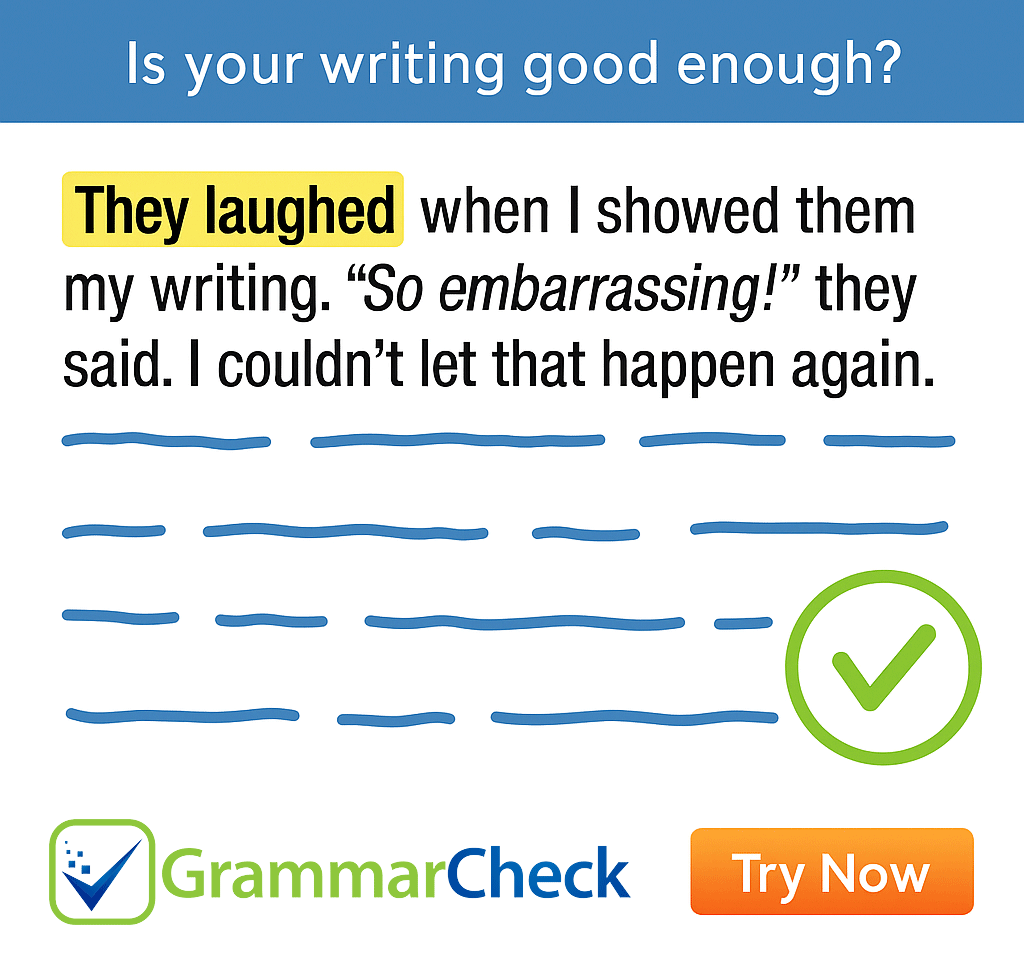Fill in the blanks.
1. She is interested ………………………. to cook.
The adjective interested is followed by in + noun/-ing form.
2. She didn’t look happy ………………………….. me.
The adjective happy is followed by a to-infinitive.
3. That car is new, …………………………?
We use a negative tag after an affirmative statement.
4. It was …………………………… that I could hardly work.
The structure is so + adjective/adverb + a/an + noun.
5. They were …………………………… injured in the accident.
Deadly is an adjective and it means fatal. The adverb for this meaning is fatally.
6. I very much enjoy …………………………….
The verb enjoy can be followed by a noun/pronoun/-ing form. It cannot be followed by an infinitive.
7. He would never ……………………………… if he hadn’t changed jobs.
The sentence is in the type three conditional. Here we use a past perfect in the if-clause and would have + past participle in the result clause.
8. I don’t trust god men. I never have, and I ……………………………..
The rule of parallelism.
9. When I was ………………………….. I was working.
The structure is/am/are etc. + … age is used without a preposition.
10. Alice isn’t here today. Mary isn’t here ………………………………
After mentioning a negative idea or fact, we can add another negative point by using not … either.
11. He often comes and …………………………… the evening with us.
12. We didn’t have ……………………………. trouble going through the customs.
Any suggests an indefinite quantity or number. It is often used in questions and negative clauses.
Answers
1. She is interested in learning to cook.
2. She didn’t look happy to see me.
3. That car is new, isn’t it?
4. It was so warm a day that I could hardly work.
5. They were fatally injured in the accident.
6. I very much enjoy swimming.
7. He would never have been promoted if he hadn’t changed jobs.
8. I don’t trust god men. I never have, and I never will.
9. When I was your age I was working.
10. Alice isn’t here today. Mary isn’t here either.
11. He often comes and spends the evening with us.
12. We didn’t have any trouble going through the customs.

